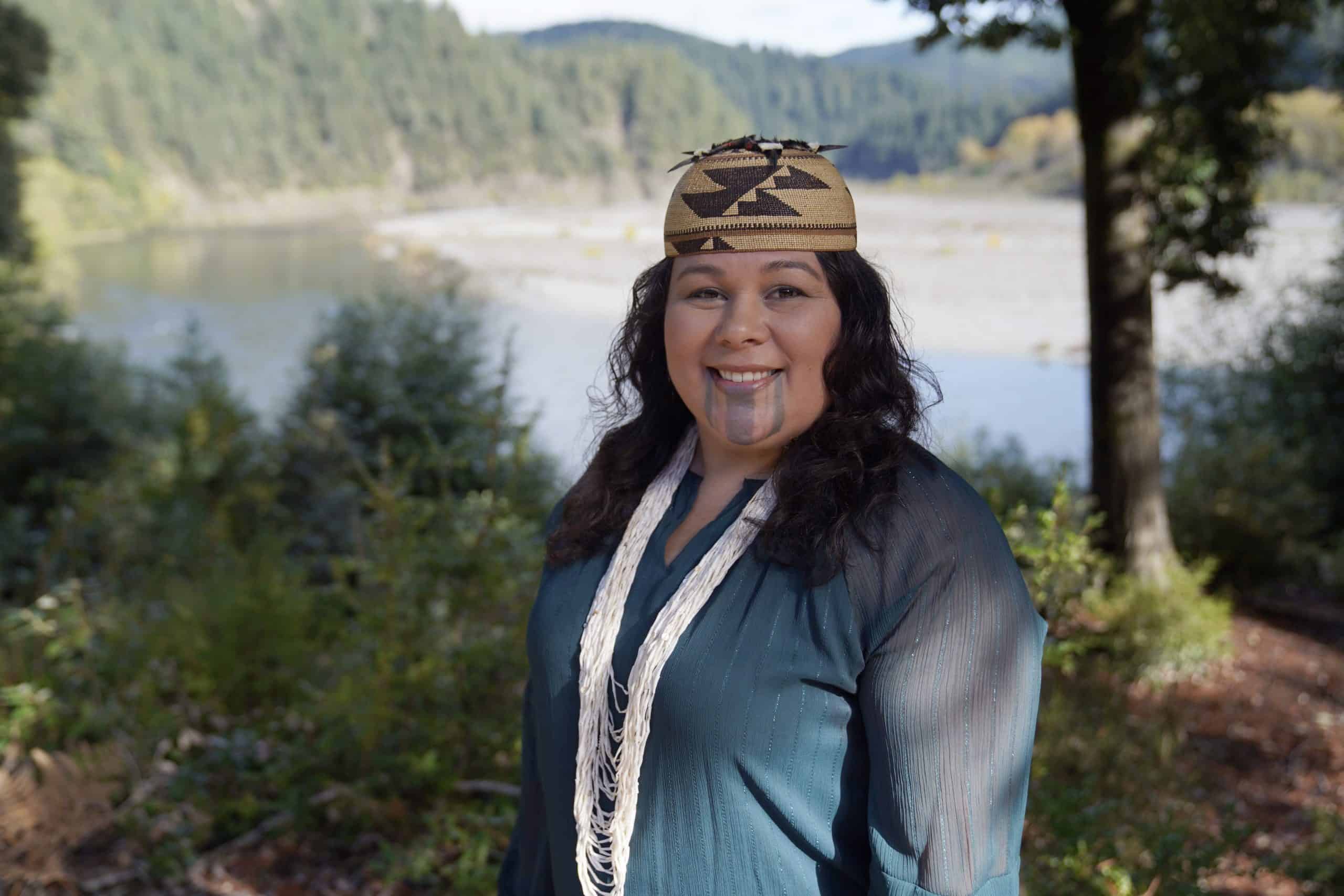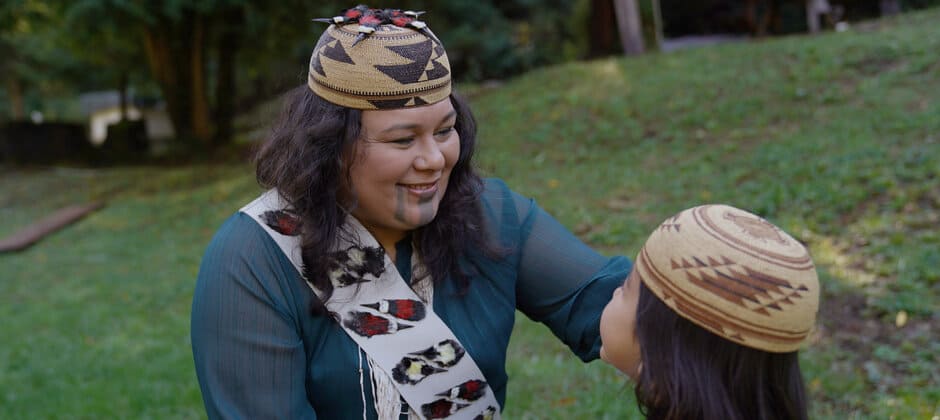Share this article
JWM: Integrating Yurok knowledge and wildlife management
Wildlife researchers are increasing their efforts to interweave western science with Indigenous knowledge to improve wildlife management.
Seafha Ramos, a TWS member, has worked with her Yurok community to build a roadmap for how to understand Yurok traditional ecological knowledge (TEK).
“I felt like that’s what was needed to work toward the goal of culturally sensitive wildlife research with Indigenous communities,” said Ramos, a National Science Foundation postdoctoral fellow in biology hosted at Humboldt State University in California.
In a study published recently in the Journal of Wildlife Management, Ramos conducted semi-structured interviews with 20 Yurok community members from 2011 and 2013, asking respondents about their relationships with wildlife and how they viewed traditional ecological knowledge.
After analyzing their responses, she found a few major themes. Many community members discussed changes that have occurred in wildlife management in recent years, such as Yurok having less access to ancestral territory than in the past.
Changes in the landscape have also led to the degradation of traditional trail systems used for hunting. Since many Yurok people work full time, they have less time to clear and maintain trails on reservation land. This results in poorer hunting access.

Ramos in Ahpah in Yurok ancestral lands in California. Credit: Matt Mais/Yurok Tribe
Another theme from the interviews was individuals wanting to revitalize traditional prescribed burning practices to improve overall forest health. Ramos said that in the years since she conducted these interviews, cultural burning has been implemented in some areas.
“All of these things are important to TEK from an Indigenous lens,” Ramos said.
Respondents also spoke about the importance of wildlife in Yurok culture as ceremonial regalia and food. “Some participants mentioned that wildlife teach the Yurok people how to relate to the environment and each other, such as through lessons in traditional stories,” Ramos said.
Ramos hopes that this study on Yurok knowledge can inspire other Indigenous groups and provide a roadmap for uplifting their own knowledge.
Ramos added that TEK can provide a route for Indigenous scientists and students to remain connected to their communities while focusing on wildlife management and conservation.
Ramos is already working on applying some of the principles she outlines in this paper to a molecular study examining the diet of bobcat (Lynx rufus) and gray fox (Urocyon cinereoargenteus) in Yurok ancestral lands by examining scat.
This article features research that was published in a TWS peer-reviewed journal. Individual online access to all TWS journal articles is a benefit of membership. Join TWS now to read the latest in wildlife research.
Header Image: Seafha Ramos adjusts the basket cap of a Yurok child. Credit: Matt Mais/Yurok Tribe








